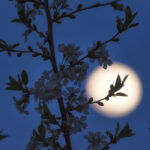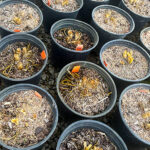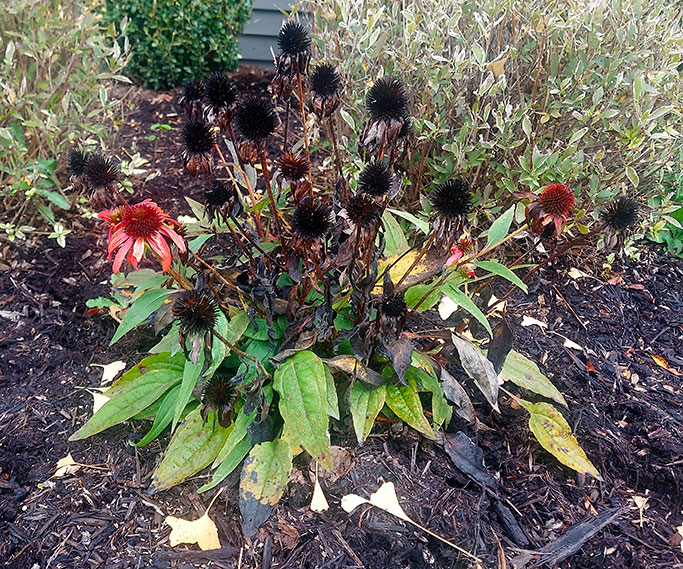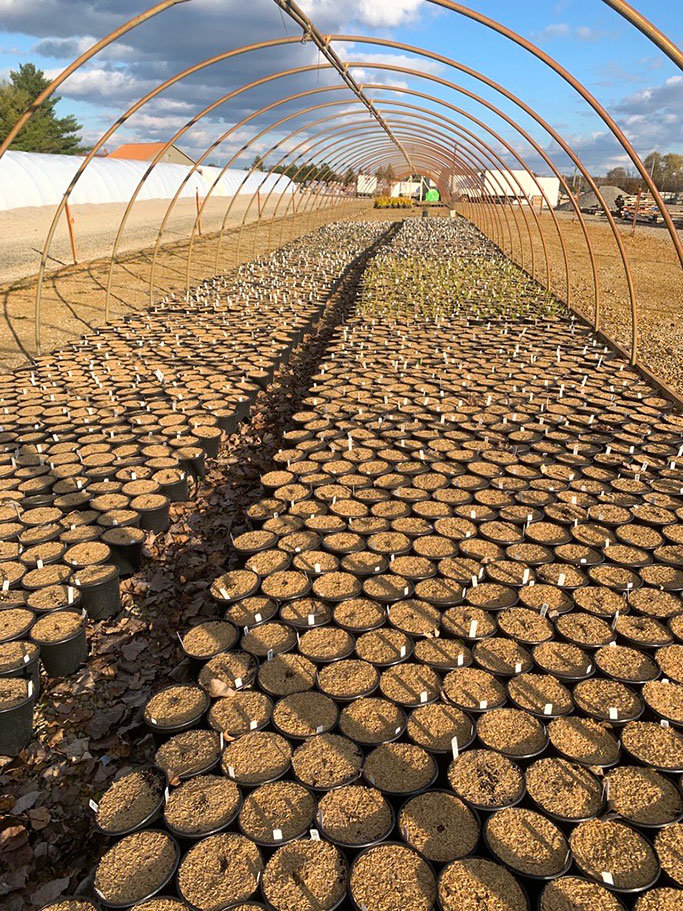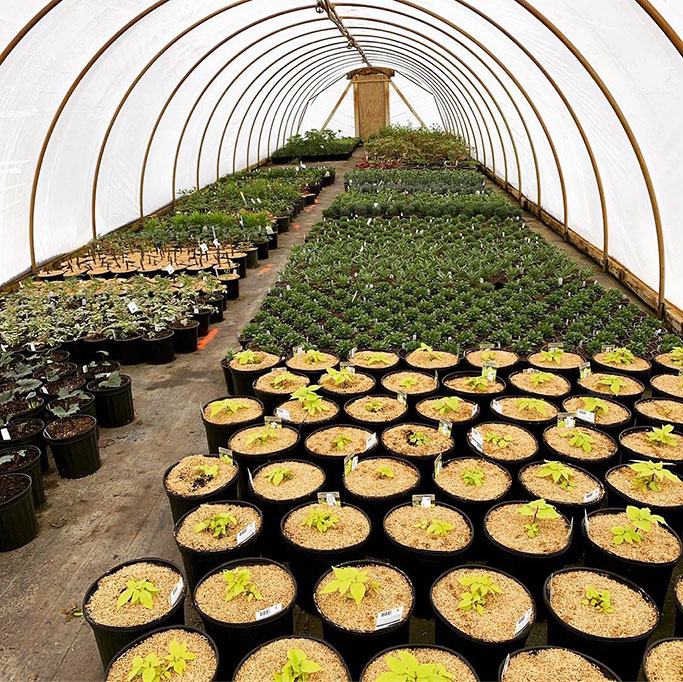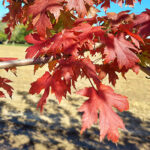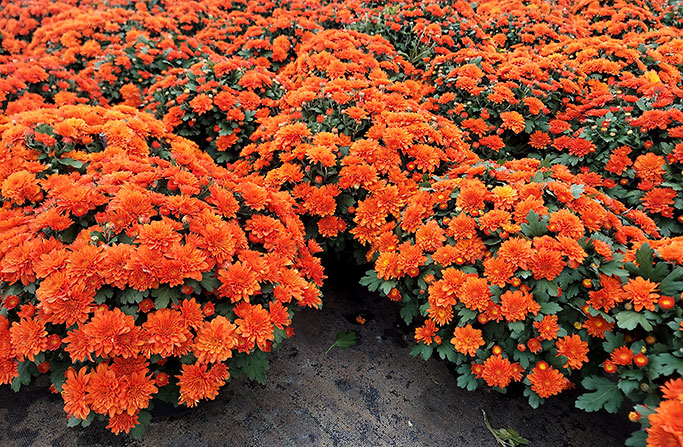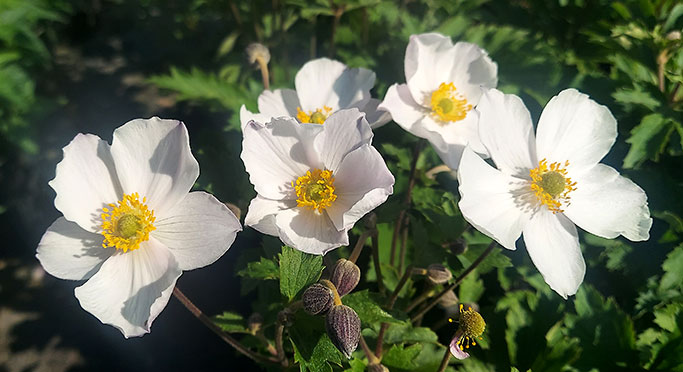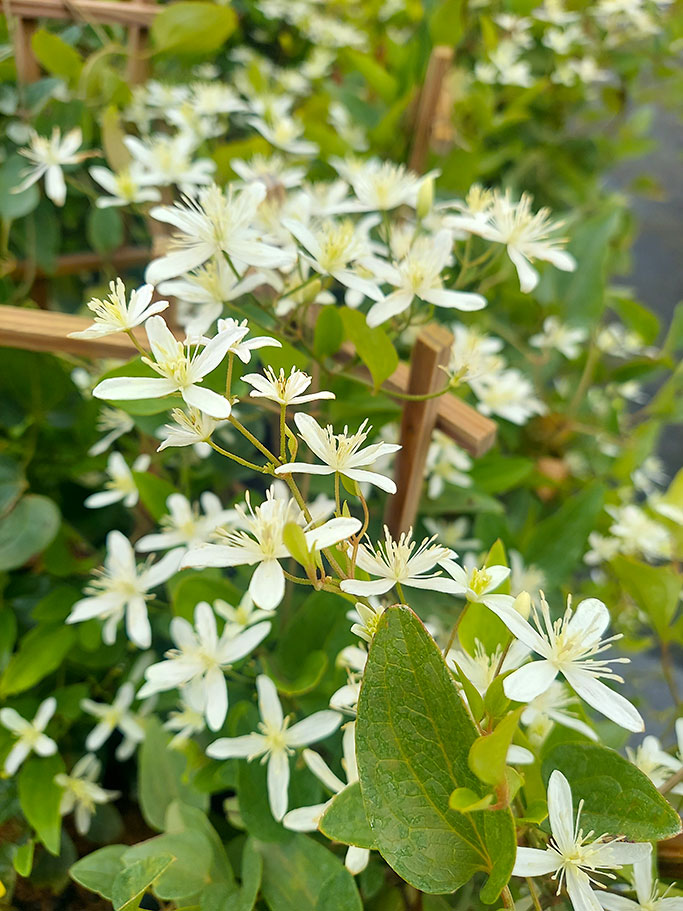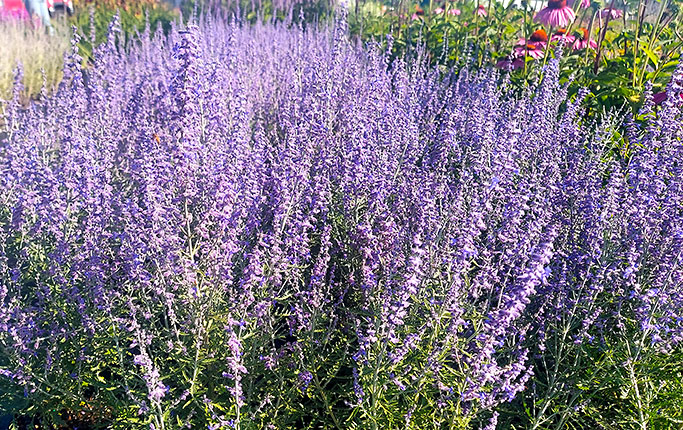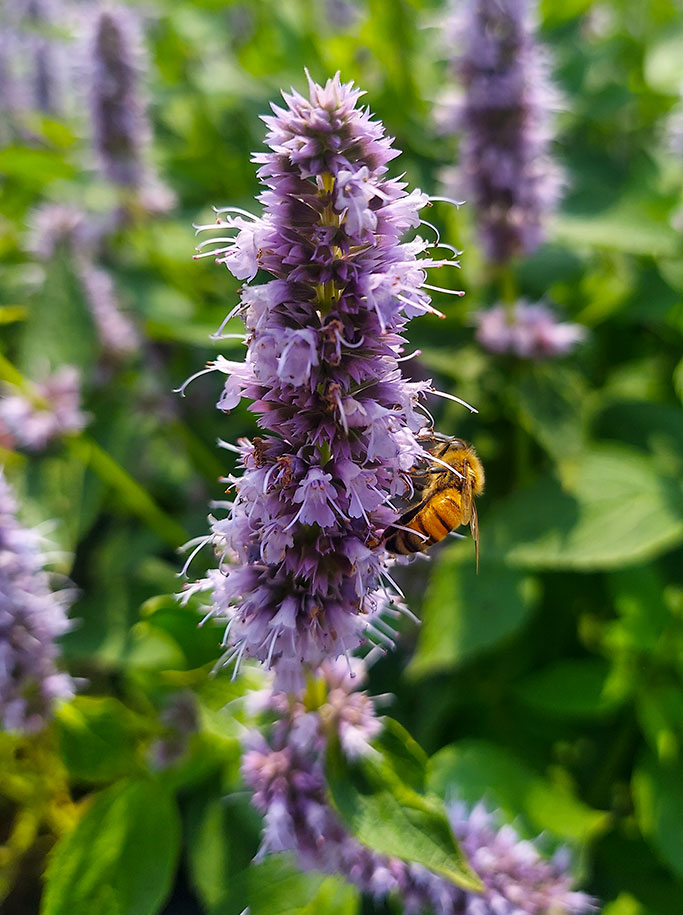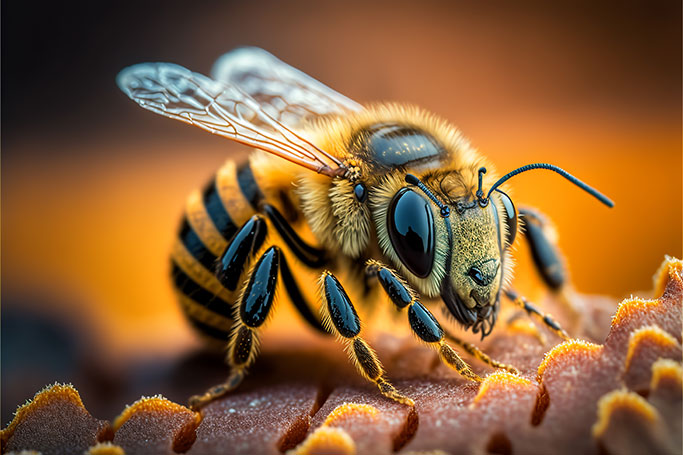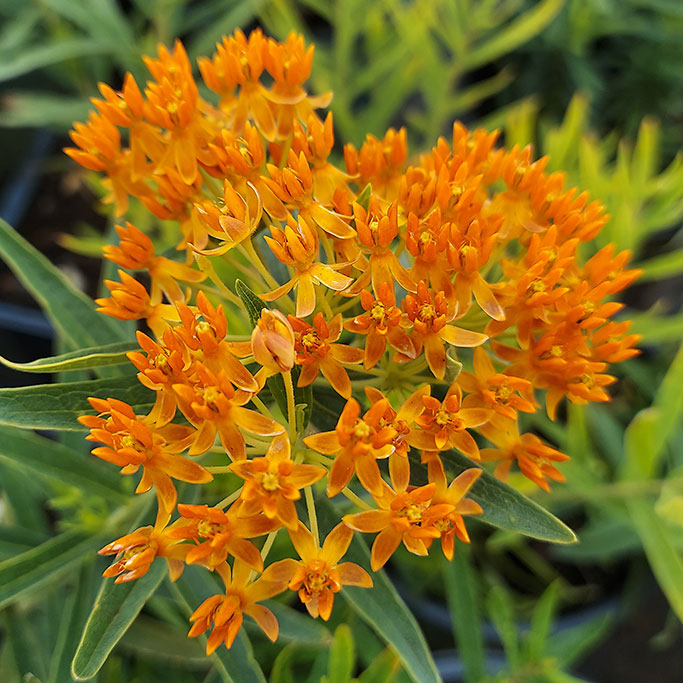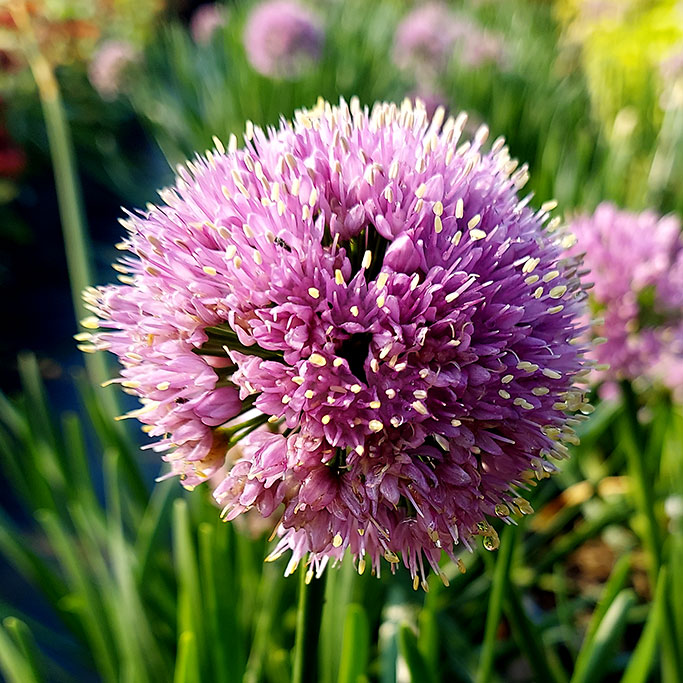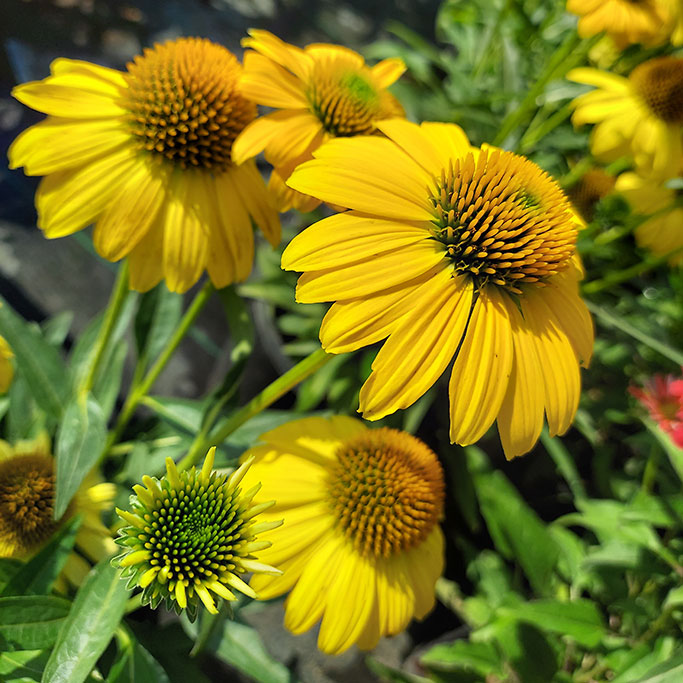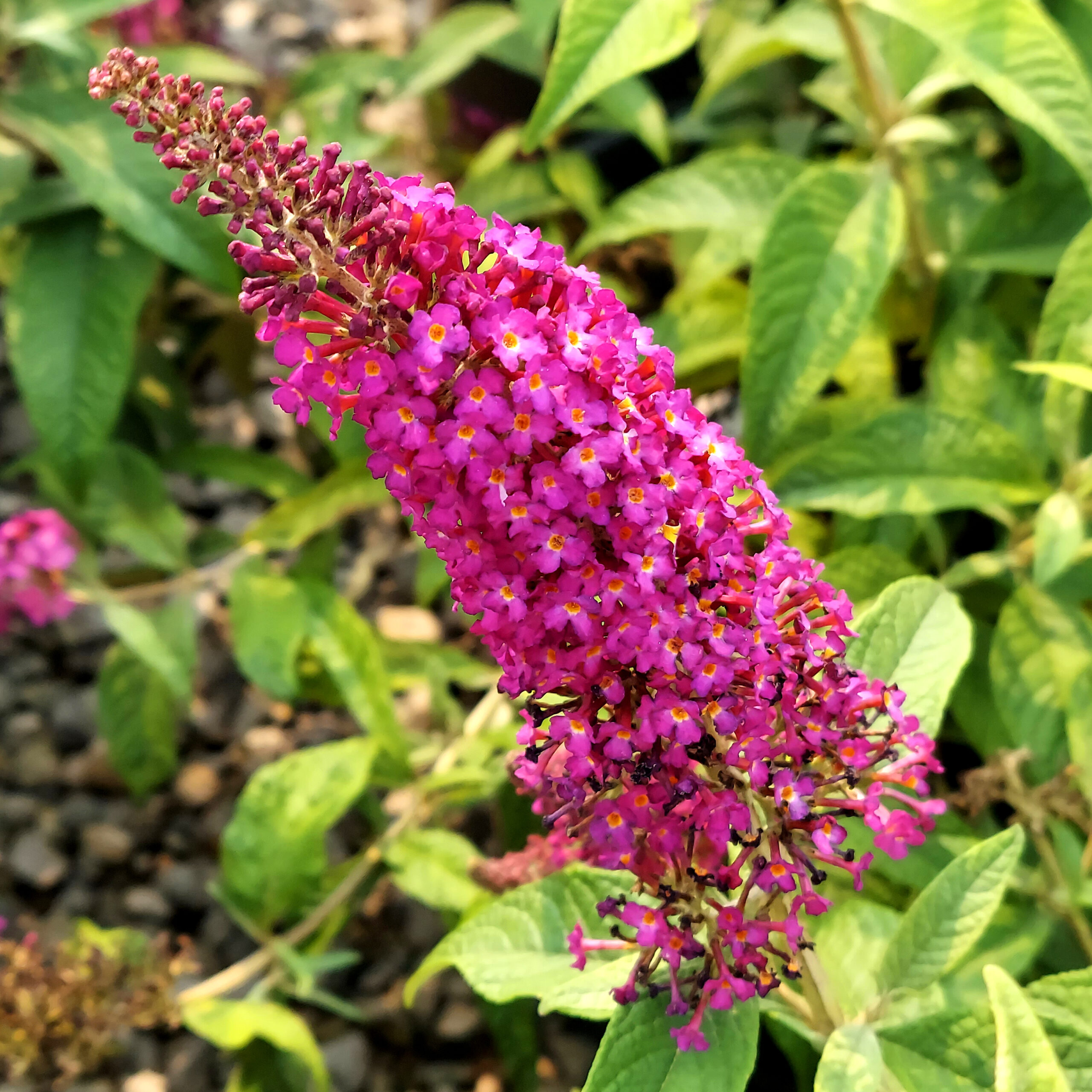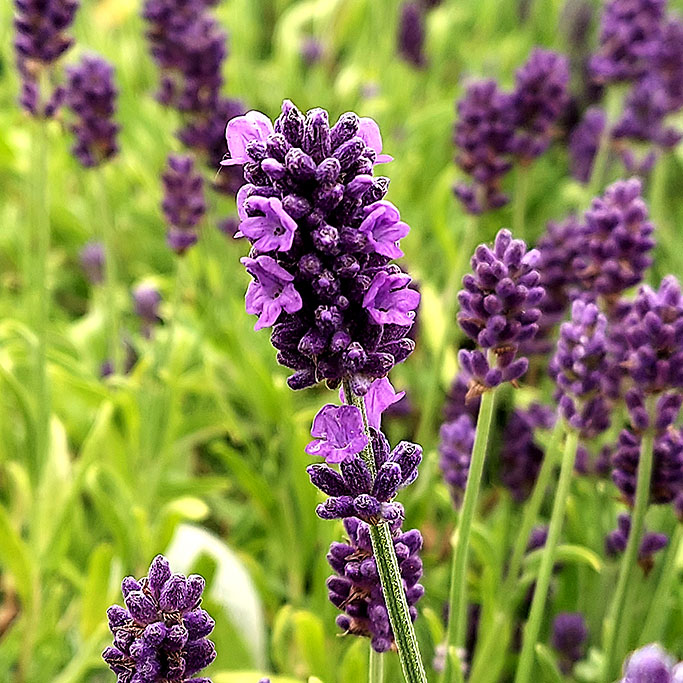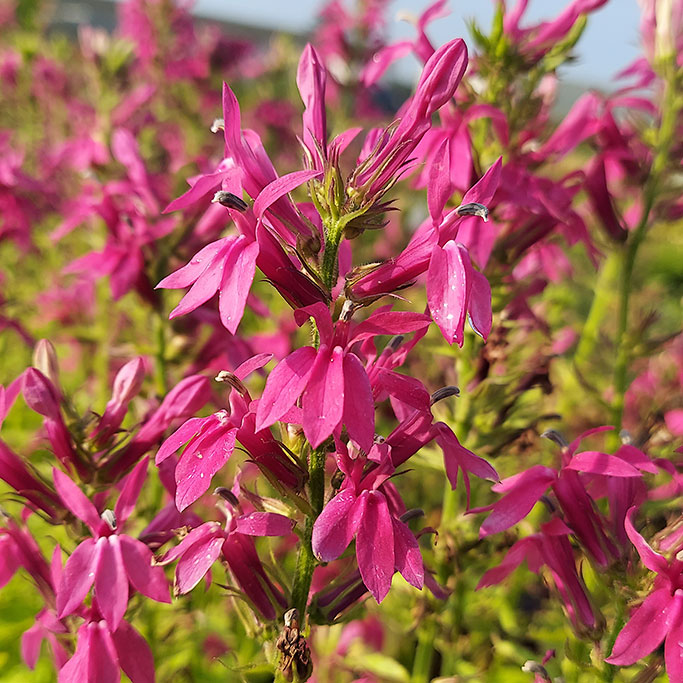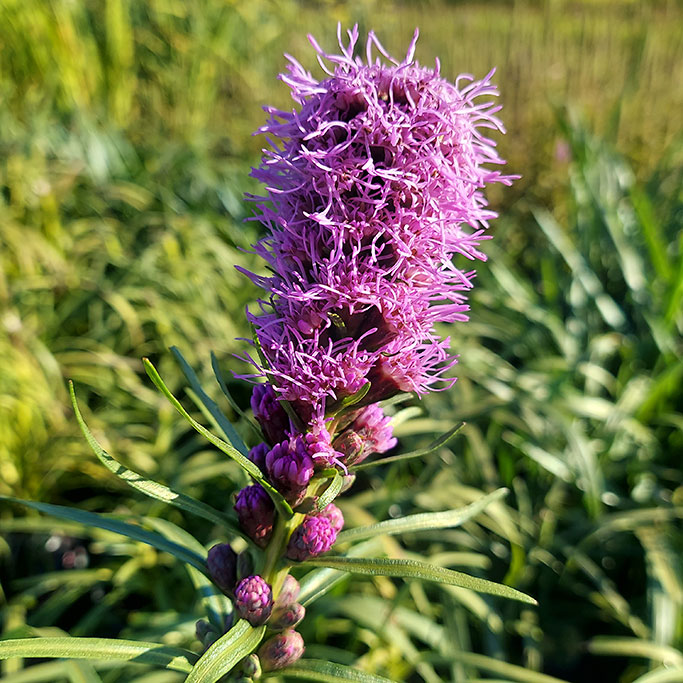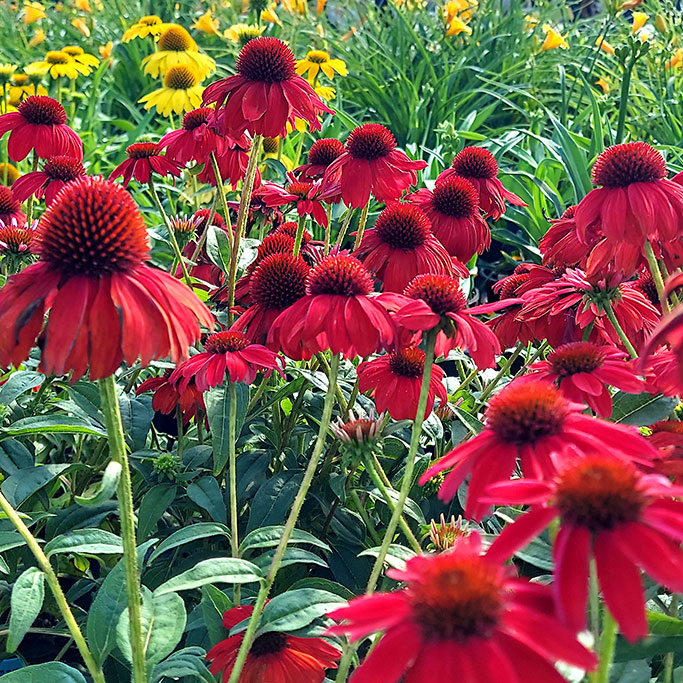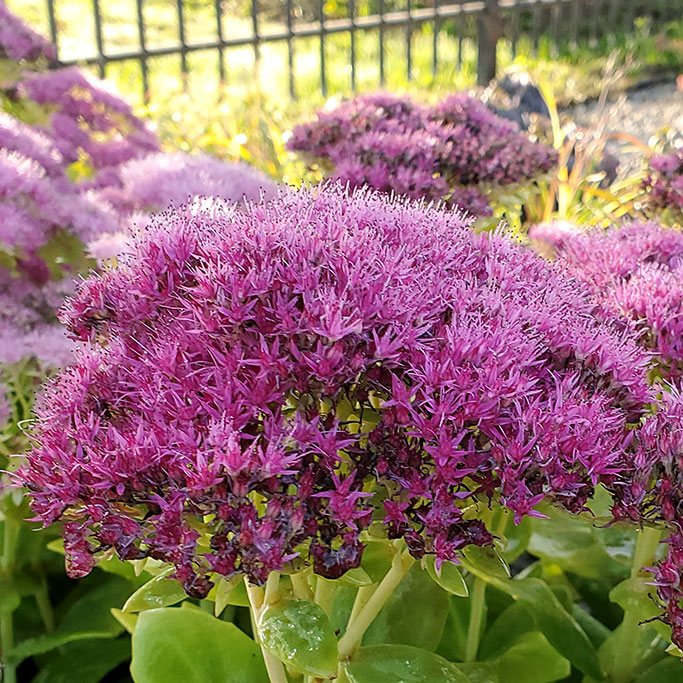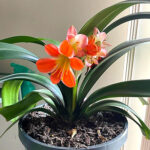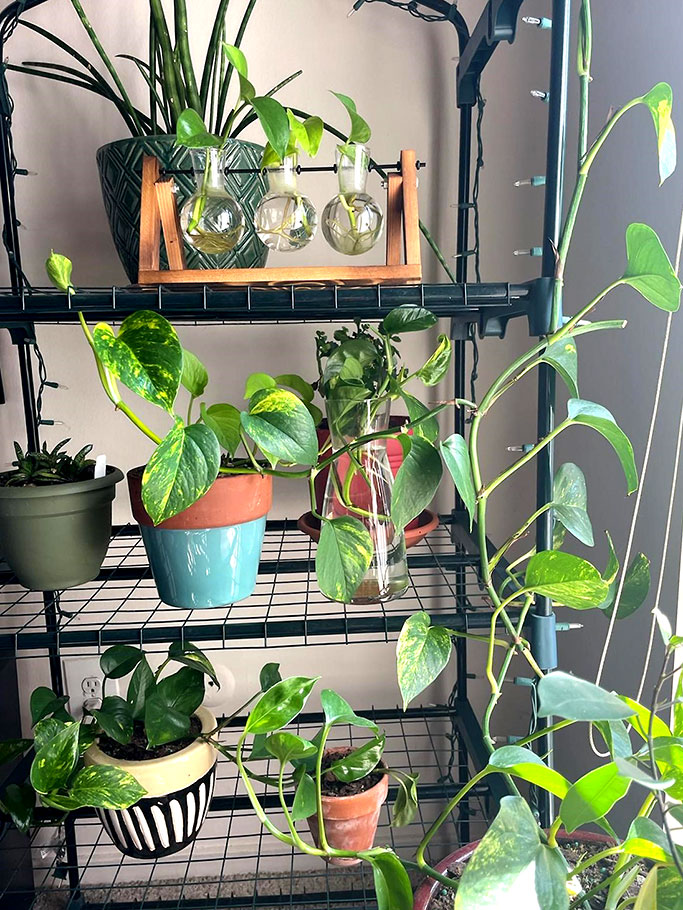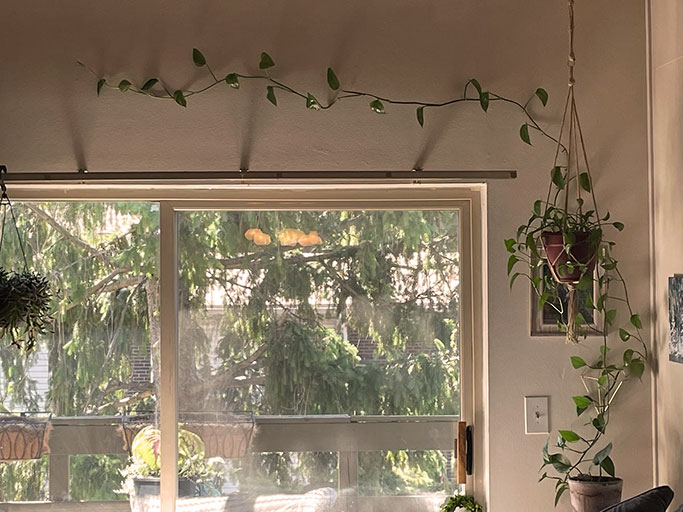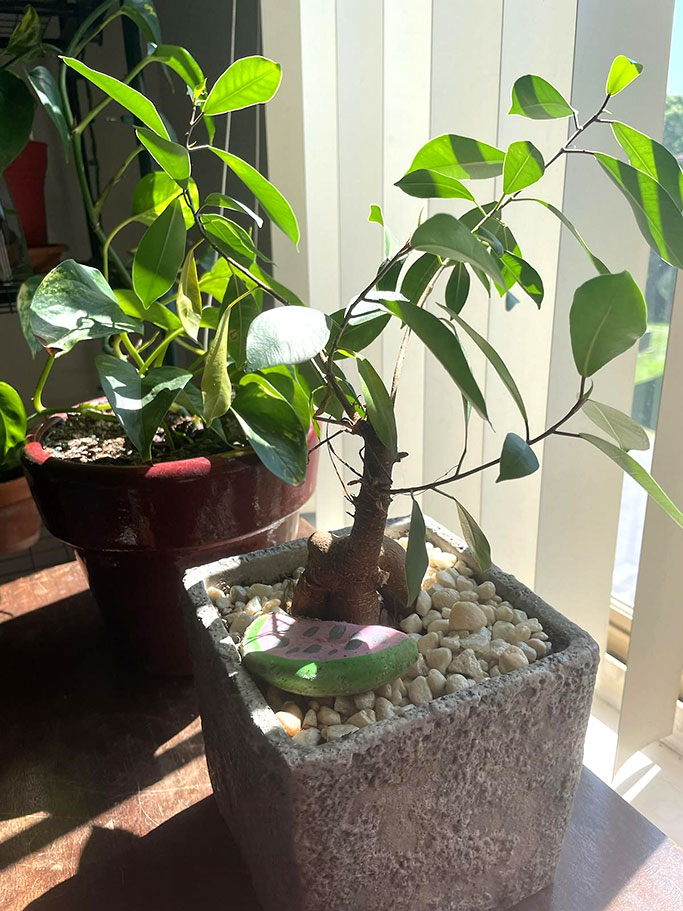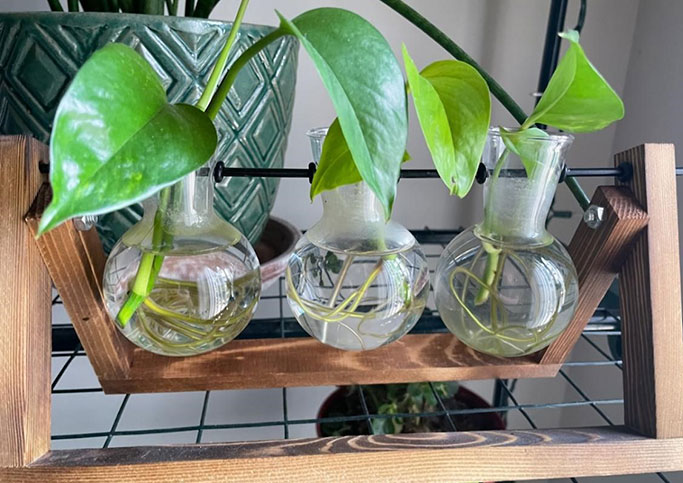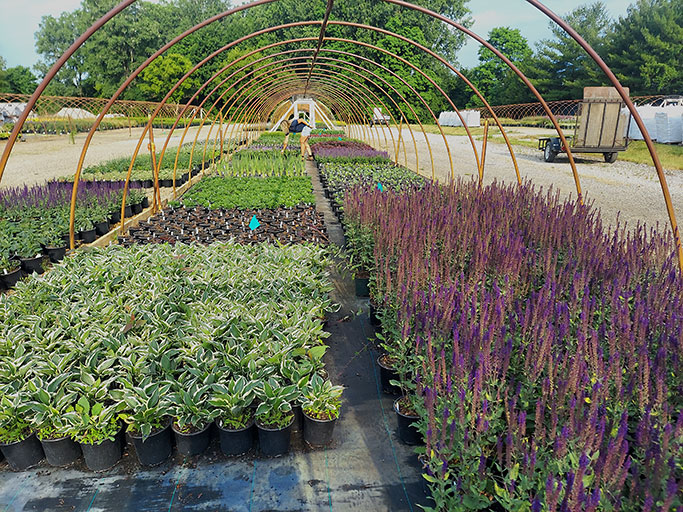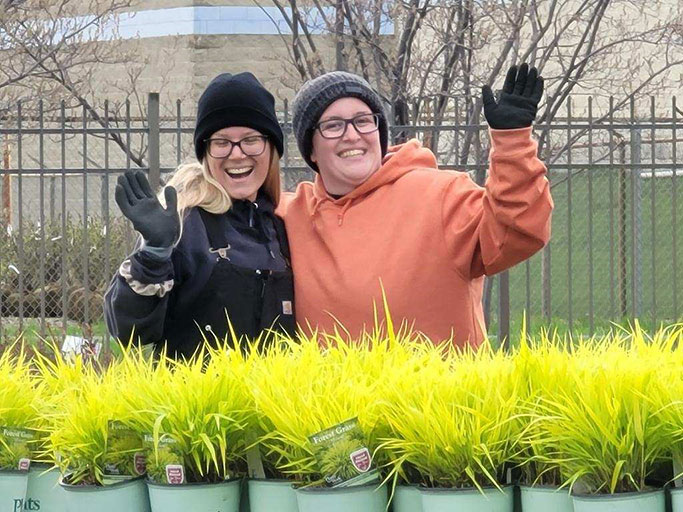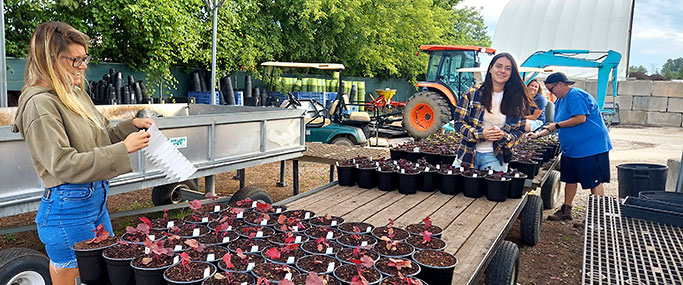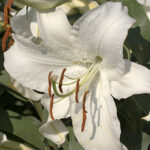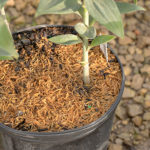Spring in Michigan is always a temperamental time. One day it’s sunny and 70, and the next day it’s snowing. Drop the words “frost free date” anywhere in a Google search and you can get the average date predicting when it’s safe to plant. The problem with averages is that they come from data on both sides of the average and using this date could leave you frost-burnt as frequently as half the years.
Here at Christensen’s, the full moon in May, or the ‘Flower Moon’ is something we always keep top of mind along with the average frost-free dates. Each spring, we take out our calendars, look for this ever-changing date, and wait patiently. The reason being is that many in our nursery believe that until we are past this milestone, we are still at risk of a frost. Sometimes we get lucky, and this turning point is early, and in other years- like this one, it is late.
The full moon in May was named, as other monthly moons were, by Native American tribes. In regions that were covered in carpets of flowers, the commonly used name of Flower Moon was coined. Other Native American cultures used different names based on what was occurring around them at that time such as Corn Planting moon or Blossom moon. This full moon paired with a clear night has long been believed to bring bitterly cold and unseasonable weather with the threat of hard frosts. The best example of this was the 2020 Flower Moon which brought a cold snap that extended for several days.
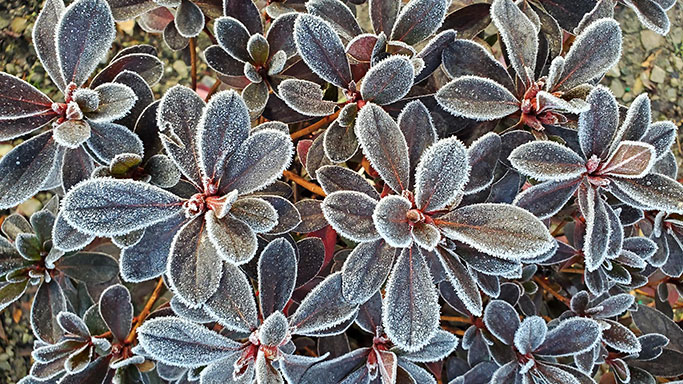
Depending on your source, some people believe the Flower Moon is a strong indicator, while others believe it is a long-held myth. While researching we contacted our favorite local source for all things horticulture, Michigan State University, and asked if they knew of any scientific source that could prove or disprove the moon’s effect on frost. One response was that there isn’t much research on the connection. Another thought is that it is likely a timing thing – which leads to conclusions that may or may not be able to be proven.
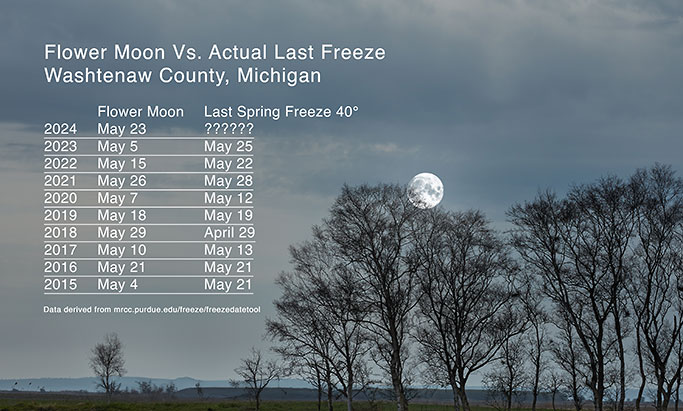
Whether you believe in the Flower Moon or not, we can all agree that, for us in the horticulture industry, a sudden burst of cold weather can be very bad news. It is dangerous to fresh foliage, buds, and flowering trees.
As you probably know, plants spend the winter in a sleep called dormancy. This dormant period naturally hardens off your shrubs and perennials to withstand the harsh winter temperatures. However, once your plants start to emerge in the spring, we become concerned about colder temps. There are 3 types of freezes issued by the National Weather Service- Frost, freeze, and hard freeze. A frost- sometimes called ‘Killing Frost’ is just frozen dew. Water on the ground, and on the leaves of plants become frozen when temps fall into mid-30s, and winds are calm. A freeze is when temps are at 32 degrees and conditions such as wind prevent the formation of frost. Lastly, a hard freeze is the most serious and occurs when temps drop below 28 degrees for an extended period. It is worth noting that the length of freeze overnight matters. A 1-hour freeze before sunrise is not as worrying as an hours long freeze in the middle of the night. All types of freeze warnings must be recognized, and a plan of action set in place.
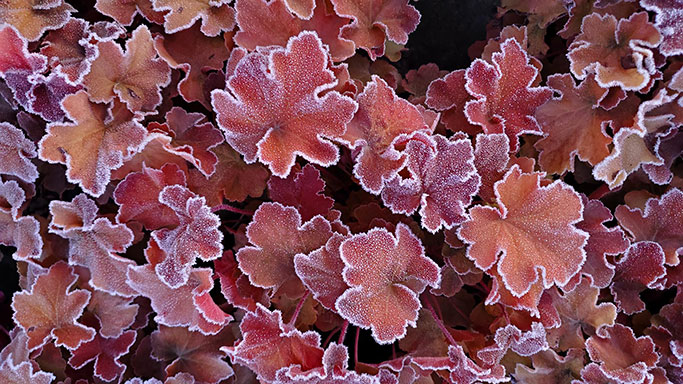
The Flower Moon this year is late and will not occur until May 23rd. If you pair the Flower Moon with the averages that range from May 23rd to May 27th, depending on where you are, you will want to watch low temperatures and come up with a plan to combat the frost. Houseplants or potted material can easily be moved inside and out of the cold. In a nursery setting, or in your customers’ yards, here are some tips to mitigate some potential frost damage. At the nursery, we do two main things to battle against frost. Our first method is the continuous running of our irrigation. This frost protection program starts in the wee hours of the morning and runs every 45 minutes for 5-minute spurts throughout the entire nursery. This protects plants by using the heat of the water to continuously warm the plants. Our second mode of action is to use frost protection blankets. These blankets are typically lightweight but effective and do a nice job of keeping the frost from hitting the newly flushed leaves and buds. This method is less practical when talking about protecting an entire nursery, but a very effective plan for flower beds, or to cover smaller groups of our flushed perennials, and Roses. Tucking our plants in before a cold night gives us the peace of mind that they are safe and sound. Some other methods used across the industry are frost fans, under tree sprinklers, keeping grass short to absorb heat, frost protection sprays, and even the use of helicopters to increase air movement.
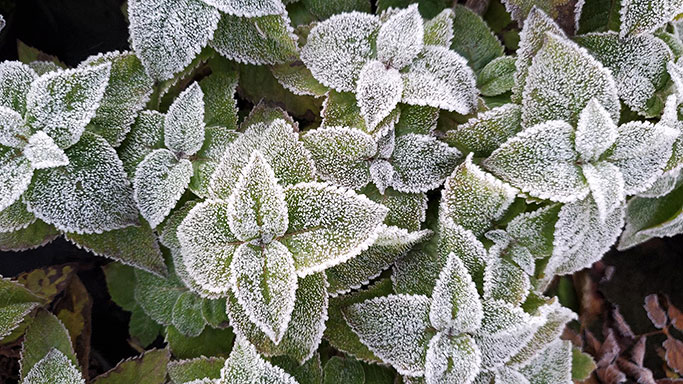
No matter how you slice it, frost is the arch nemesis of the nursery and homeowners alike. During early spring, it is imperative that we be on watch for cold temps and potential freezes. Whether you can run continuous irrigation, or just plan on using a frost blanket, having a game plan to protect your plants is imperative. Until Memorial Day, we will be keeping our eye on the sky to ensure the best plant material possible!

A special thank you to Michigan State University’s Rebecca Finneran and Keith Mason for help with frost-free dates. MSU is an excellent source for questions on lawns, landscape, gardening and horticulture in general. You can contact them 24/7 by clicking here. Also, check out MSU’s Enviroweather Tool by clicking here.

